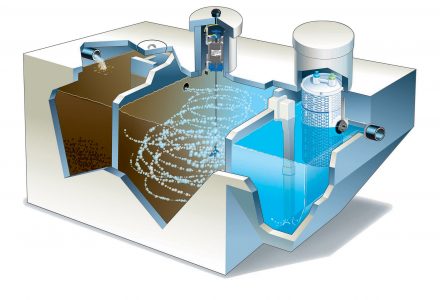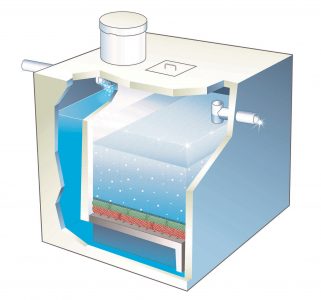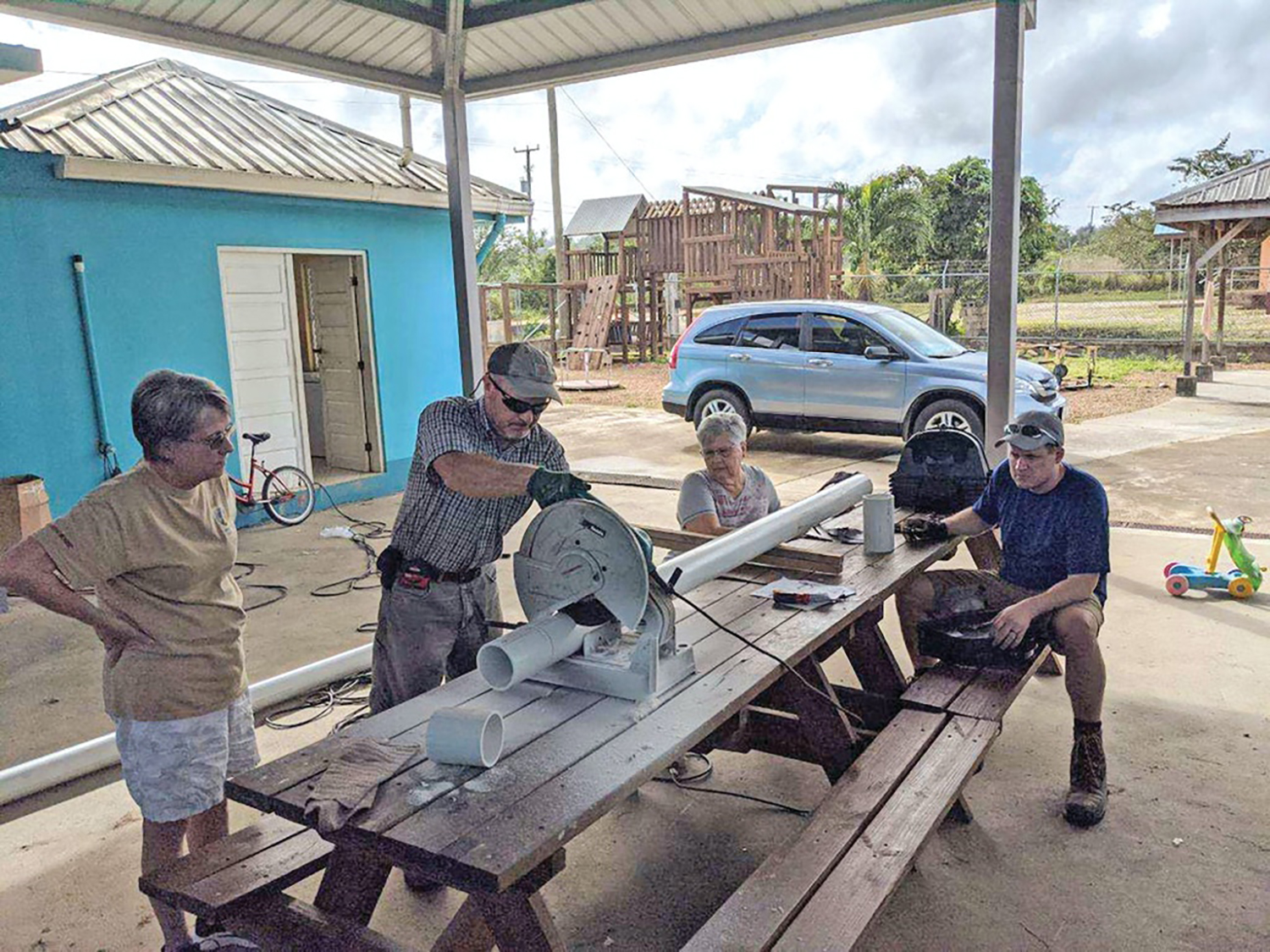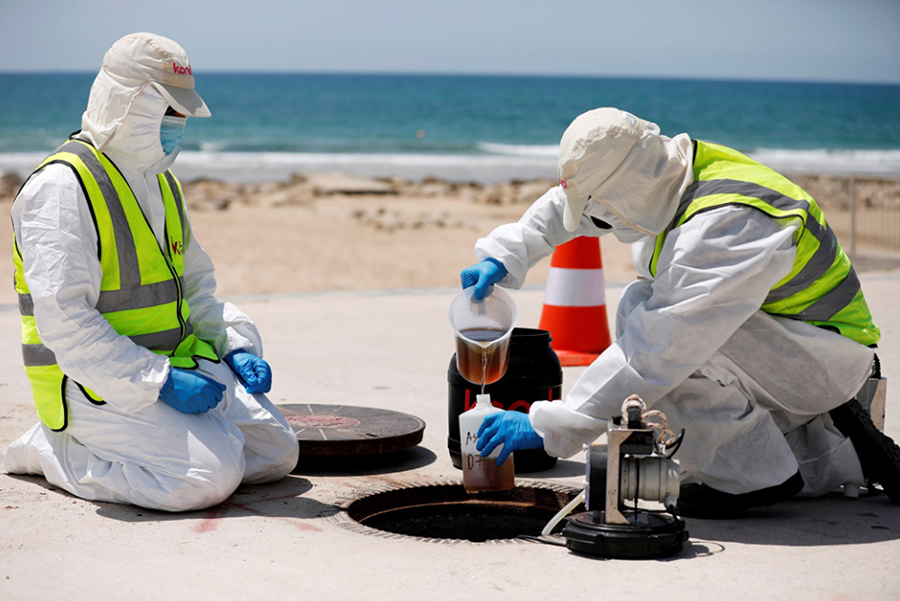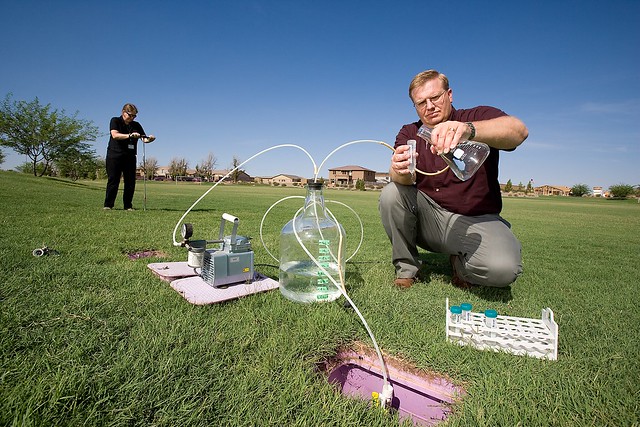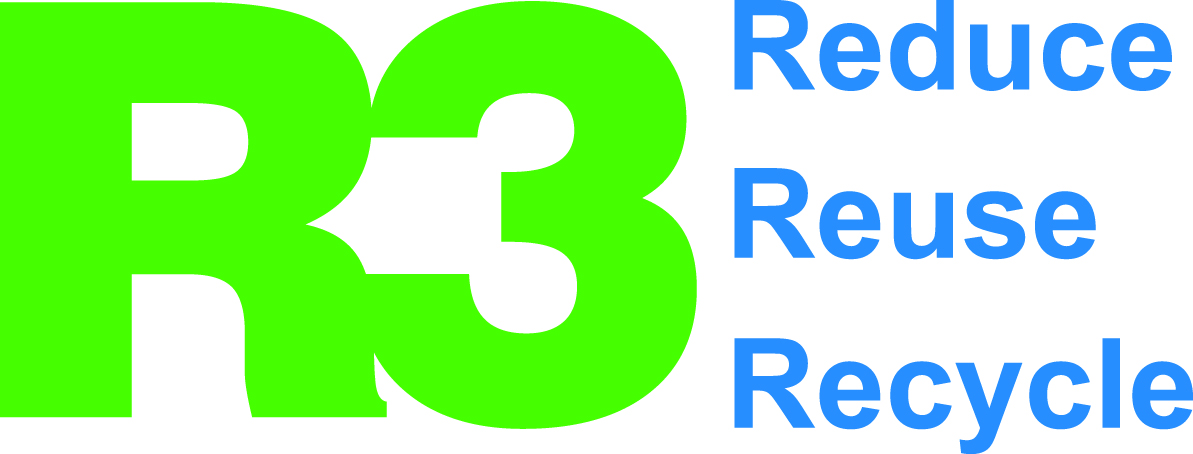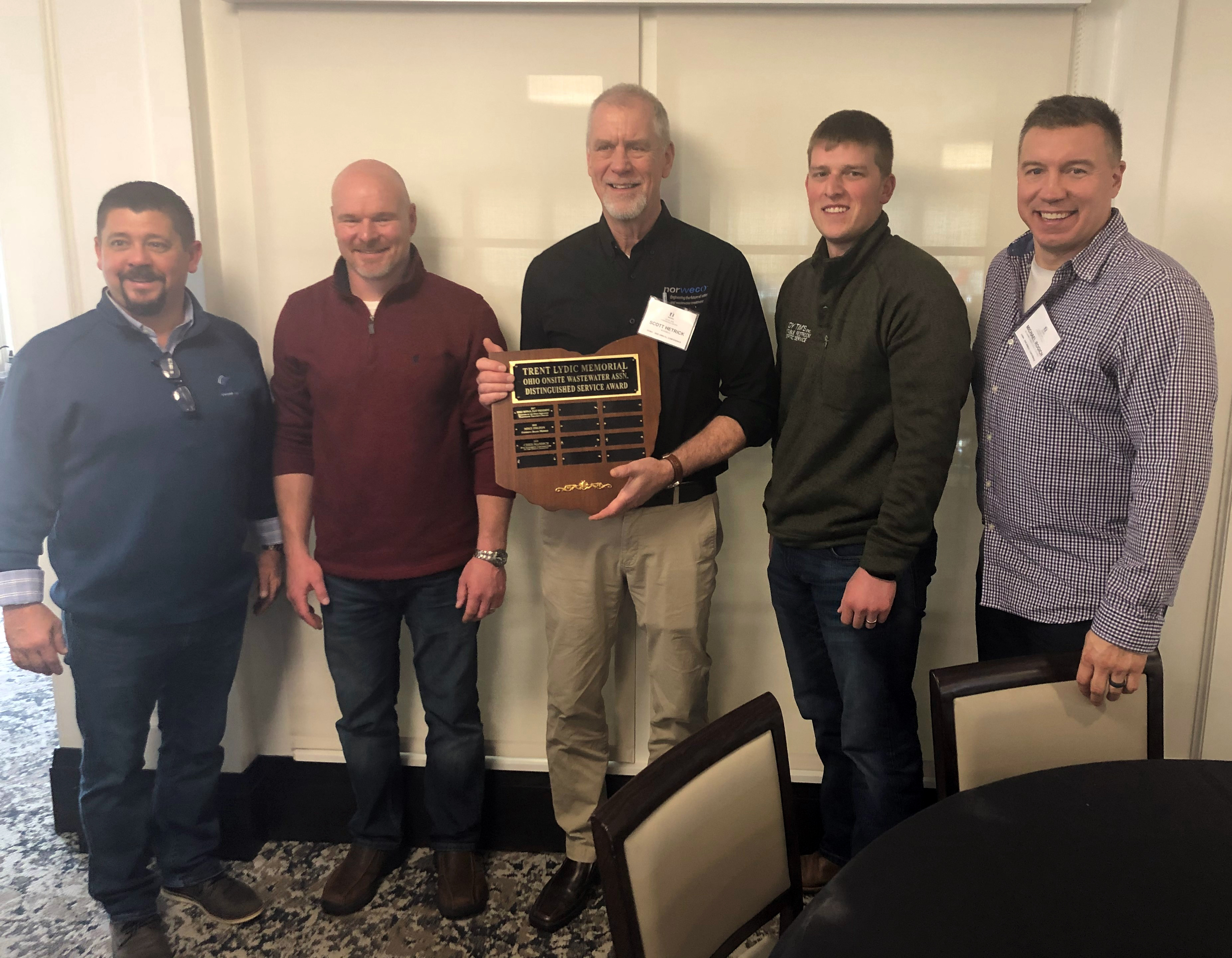Category: Uncategorized
Consistence describes how easy it is to deform or break up the soil. Consistence is used to determine if the soil contains clay that swells greatly when wet or shrinks greatly when dry (also known as shrink-swell clay). If enough shrink-swell clay is present in the soil, the soil pores swell shut when the soil gets wet. If the pores are closed, the amount of wastewater the soil can accept is near zero. If the water cannot be accepted, it also cannot be properly treated. Installers can also use this information to estimate how susceptible the soil is to smearing or puddling.
Soil color is often used to determine seasonal high water table (SHWT) for system design. The soil treatment area bottom (or infiltrative surface) must be kept a certain distance above the SHWT according to code.
The most common way to determine the SHWT is to look for the first occurrence of gray colored (low chroma) redox depletions or mottles. Some codes may use the first occurrence (or a specified percentage) of red (high chroma) redox concentrations or mottles as well as the gray colors. It is important to know what methods are specified in the code in the area one works. Furthermore, if the entire soil is gray it is likely that soil is saturated for long periods of time throughout the year.
Sometimes you take for granted that everyone working in the industry knows why our systems are so important to the environment and human health. During the last few months, we have had some questions about what is in wastewater and why it is a problem. This is where we start our basic sewage treatment workshops. We thought it would be helpful to go back to the beginning and discuss pollutants and potential problems. We will follow up these discussions over coming months looking at some specific ways to address the concerns.
Professionally designed, sited and installed conventional onsite sewage treatment systems effectively reduce or eliminate most human health and environmental hazards. This is accomplished through physical, chemical and biological processes in the septic tank, in the biomat and in the unsaturated soil zone beneath operating soil treatment trenches.
All across the country, people interested in water quality have been talking about nitrogen, where it’s coming from and how to control it. But there is another nutrient just as important but less often in the spotlight, and now it’s due for attention.
“Phosphorus has been one of those issues kind of sidelined by nitrogen,” says Brian Baumgaertel, director of the Massachusetts Alternative Septic System Test Center. “There aren’t a whole lot of technologies looking to remove phosphorus.”
On Cape Cod, where the center operates as a division of the Barnstable County Health Department, phosphorus is a problem along with nitrogen. “A lot of our ponds have some increased eutrophication issues in the last five to 10 years,” he says.
Our area is filled with hometown heroes! Several area church members recently helped install a new septic system at a shelter for young girls in Belize.
Church mission trips usually don’t send a crew of mostly inexperienced people from a small Midwestern town to install a wastewater system in Central America. Yet that’s what Ty Keefer found himself overseeing in February for his group from First Presbyterian Church in Norwalk, Ohio. Fortunately, he does have experience, but only of a certain kind.
Keefer owns Stark’s Sanitary Service in Norwalk. He pumps tanks and does minor repairs. “I’ve done no installation. I’ve been around when systems were put in,” he says.
At the end of the trip was Marla’s House of Hope, a shelter for girls from abusive families, located in Belmopan, the capital city of Belize. The shelter has a capacity of 20 to 25 girls and had two septic tanks on a square lot measuring 142 feet on a side.
The University of Arizona made a bold claim this week: It stopped a coronavirus outbreak before it started.
Universities around the U.S. have struggled with outbreaks as they attempt to start the fall semester. But at the Likins Hall dorm, just across the street from the University of Arizona’s recreation center, two students were found to have contracted the coronavirus — and they were asymptomatic.
The university said it pulled this off by combining more common forms of coronavirus mitigation, swab testing and contact tracing, with a more exotic one: analyzing sewage.
The university had implemented a campus-wide initiative to conduct what’s known as wastewater-based epidemiology. This effort, which involves analyzing sewage samples for traces of the coronavirus, gave the university a way to quickly and repeatedly look for traces of the virus in discrete groups of people — in this case, dorms — as part of an early warning system to catch cases of COVID-19.
Approximately one-half of 1% of the planet’s water is drinkable, and we use that water for much more than drinking – showering, brushing our teeth, watering our grass, etc. Consumer usage, however, pales in comparison to the amount of water needed to irrigate our crops.
According to USDA’s Economic Research Service, agriculture accounts for more than 80% of the nation’s water consumption. With the need to feed a growing population, scientists from USDA’s Agricultural Research Service (ARS) are looking for ways to safely expand agriculture’s supply of usable water. USDA will stimulate innovation so that American agriculture can achieve the shared goal of increasing U.S. agricultural production by 40% while cutting the environmental footprint of U.S. agriculture in half by 2050.
“Water shortage is a problem. At any one time in the United States, there will be a drought occurring somewhere,” said Clinton Williams, lead research soil scientist at ARS’s U.S. Arid Land Agricultural Research Center in Maricopa, AZ.
Williams said there is plenty of water to be had, and his research shows that municipal wastewater can be used to irrigate crops.
“One of the best ways we can increase efficiency and sustainability is to reuse reclaimed water,” he said. “Some of the safety concerns are related to trace organic contaminants such as pharmaceuticals, hormones, and other contaminants. My research focuses on the safe reuse of this water.”
As a water and wastewater treatment manufacturer, Norweco feels a responsibility to support critical infrastructure programs that relieve pressure on our nation’s water supply. We are honored to provide ecologically safe and reliable water reuse technologies that help support these efforts.
U.S. Senators John Barrasso (R-WY) and Tom Carper (D-DE) released the following statements on the committee’s passage of America’s Water Infrastructure Act of 2020 (AWIA 2020) and the Drinking Water Infrastructure Act of 2020. The legislation as amended passed the committee by a vote of 21 to 0.
“Our committee has taken a significant step to improve our dams, ports, flood-prevention infrastructure, reservoirs, and drinking water systems,” said Barrasso. “America’s Water Infrastructure Act and the Drinking Water Infrastructure Act will create jobs and grow our economy. The legislation will help ensure American-made goods are safely shipped from one state to another and that the water Americans are drinking is safe. These bills, along with our bipartisan highway infrastructure legislation, should be considered by the full Senate, after the immediate health crisis is behind us. I am thankful to Ranking Member Carper and all the members of our committee for working with me to advance these important water infrastructure bills.”
“Every American relies on water infrastructure. Millions of Americans across the country rely on Army Corps of Engineers projects to safely navigate our waters, stay safe from flooding and storm damage, and reap the benefits of healthy aquatic ecosystems and marshlands,” said Carper. “Our country’s drinking water and wastewater systems, shipping channels and flood control structures are essential to our economy and way of life, but they are also in desperate need of improvements and investments. America’s Water Infrastructure Act of 2020 and the Drinking Water Infrastructure Act of 2020 will make badly needed improvements and investments in water infrastructure systems throughout the country. I thank Chairman Barrasso for his leadership and partnership in this effort, and look forward to the work ahead of us.”
As the global health community tracks the spread of this virus, it’s important for water and wastewater professionals to keep updated on potential impacts.
It’s hard to miss the headlines. The recent outbreak of novel coronavirus (2019-nCoV or COVID-19) has dominated news cycles in recent weeks. The World Health Organization (WHO) is calling it “public enemy number one.” But what information do we have that is related to coronaviruses in water and wastewater systems? And what can water- and wastewater-system operators do to protect public health?
Modern water and wastewater treatment systems play an important role in public health protection. With the potential for environmental transmission, water and wastewater operators need to know the potential for survival of this type of virus in water and wastewater treatment systems.
Congrats to Norweco’s Scott Hetrick, Vice President of Sales, who was honored with the Ohio Onsite Wastewater Association’s (OOWA) 2020 Trent Lydic Distinguished Service Award! Scott has worked with Norweco for 36 years and we are so proud of his achievement. Pictured with Scott are OOWA board members.

